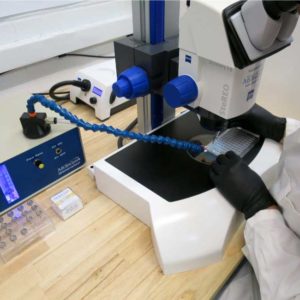JBS:Frag Xtal Screen – Discontinued and No Longer Available
A major challenge in drug discovery is the identification of chemical moieties that specifically interact with a particular protein target. Traditionally, this was addressed by High Throughput Screening (HTS) however, recently “Fragment Screening” has become increasingly popular.
Out of stock
Product Information
Easy entry to fragment-based lead discovery (FBLD) by crystallographic screening:
A major challenge in drug discovery is the identification of chemical moieties that specifically interact with a particular protein target. Traditionally, this was addressed by High Throughput Screening (HTS) however, recently “Fragment Screening” has become increasingly popular. In a Fragment Screen a set of small molecules (“fragments”), typically with MW < 300 Da and with low affinities, are evaluated for specific interaction with the target.
Crystallography/X-ray diffraction shows not only whether a fragment binds to the protein but also where and how the binding occurs and is therefore the favored screening method. Hit-fragments are subsequently chemically modified in several optimization/screening cycles until a high affinity lead structure is obtained. Since such a fragmented approach allows screening of broader chemical space compared to large, distinct libraries, the hit rates of Fragment Screens are believed to be 10-1000x higher than those in traditional HTS[4].
The Frag Xtal Screen offers an easy entry to fragment-based lead discovery (FBLD) by crystallographic screening:
- 96 fragments
- High fragment solubility allows high soaking concentrations (> 90 mM; may depend on soaking conditions)
- In-house tests with high crystallographic hit rates
- Validated X-Ray hits for diverse target classes in the PDB
- Diverse and representative fragment library for large chemical space
- Straight-forward follow-up compounds available
You may also like…
-
Watershed – Optimized Crystal Harvesting
Prevent loss or damage to the crystals that you’ve spent time growing and optimizing. The Watershed™...


